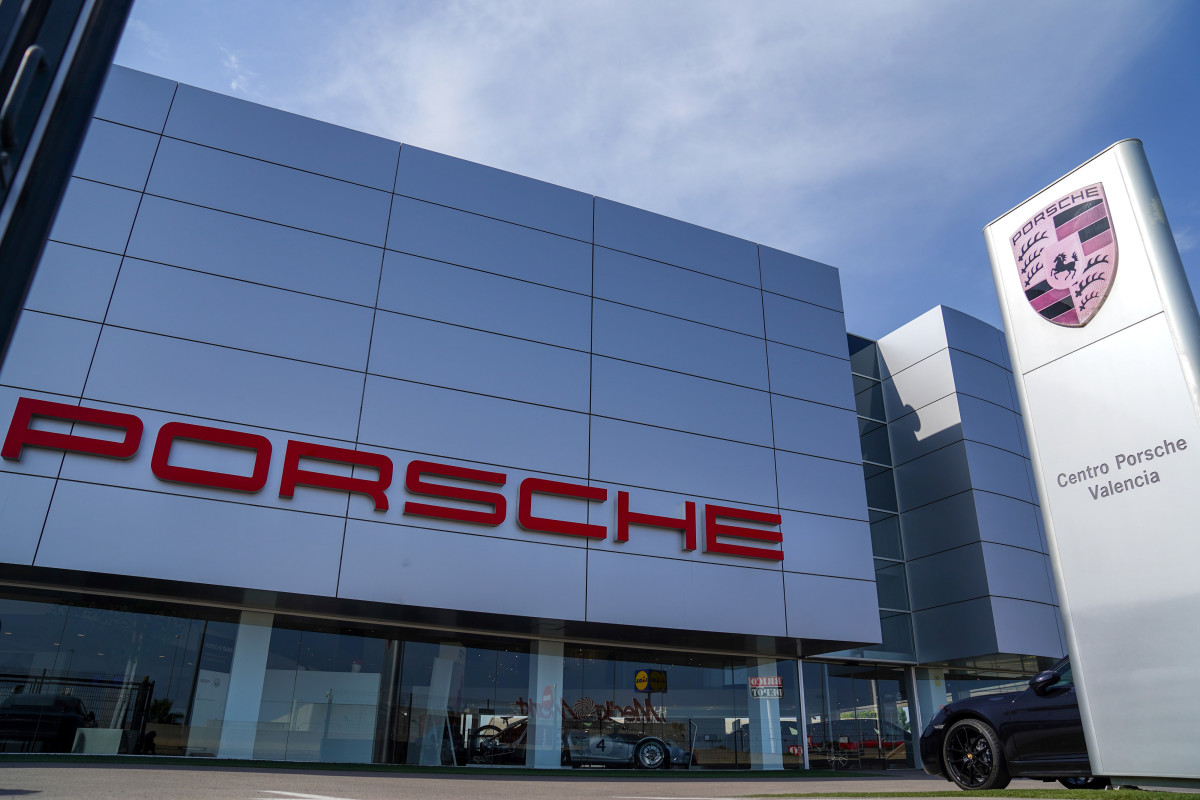Not the best seasons for new cars
Fall and winter are usually great seasons for car shopping. As next year’s cars start showing up on lots, dealerships are often willing to strike great deals to get current model year vehicles off their property to make room for even more new cars. That’s also true in 2025, but there are signals that buying a new (or newer) car right now might not get you the best deal.
At the start of October, 41 percent of vehicles on lots are model year 2026, up 16 percent from the start of September. This alone isn’t surprising—as cars roll off production lines, automakers ship them straight to dealerships—but the volume of vehicles available is alarming. October shows a 4.8 percent increase in new cars on dealership lots compared to September, and a 0.15 percent increase when compared to October 2024. Right now, there are as many new vehicles on dealership lots as there typically are at the start of a calendar year when sales are slowest.
Getty
Why too many new cars on dealership lots matter
The auto industry hinges heavily on supply and demand, and the data shows demand simply isn’t there. Automakers are building vehicles and shipping them to dealerships, and those dealerships are having trouble selling them. Slow sales are pushing the average “days supply” metric, a measure of how many days a dealership could stay open if it never received another vehicle, to 84.
Days supply is at its highest point since the first quarter of 2025, the notorious “dead season” for auto sales. With holiday spending in the rearview and credit card statements landing in mailboxes, consumers are reticent to spend in the first quarter of any year. The days supply metric was upwardly revised to 78 in August. The fact that it beat that revision by an entire week is concerning.
Toyota and Honda are two brands that typically provide dealerships with slim inventory. Both brands, while popular, saw slumping sales and ballooning inventory in September. Toyota’s average inventory is up 10 percent month over month, and Honda dealerships are up 18 percent. Some, like Cadillac, Mercedes-Benz, and Porsche, were down.
Getty Images
What it means for consumers
The average cost of a new car is now over $50,000, and interest rates remain well above five percent for the most qualified buyers. High prices and unfavorable interest rates amid a concerning economic picture are problematic for dealerships. Buying a vehicle is the second-largest purchase most consumers make (a house is first, of course).
As model year 2026 vehicles continue to roll off delivery trucks and onto lots, dealerships are likely to start offering incentives to buyers they typically wouldn’t at this time of year. In-house financing rates may drop slightly, price reductions on 2025 vehicles may become aggressive, and dealership-exclusive offers may be significantly reduced or free.
Final thoughts
Dealerships are often at a disadvantage when economic conditions are challenging. People hold off on major purchases, interest rates keep prospective buyers away, and it’s the dealerships who are left trying to park too many vehicles on lots. Even used cars have gotten more expensive as people try to save a few bucks on their vehicle purchase, and the interest rates on used vehicles are far worse.
As those famous end-of-year events like Toyotathon and Honda Days kick into gear, dealerships become highly incentivized to sell vehicles. For some dealerships, sales numbers dictate which vehicles they receive from automakers, as those with the best sales figures get the most sought-after cars, SUVs, and trucks. It’s in their best interest to see you driving off the lot for far more reasons than commissions for salespeople.